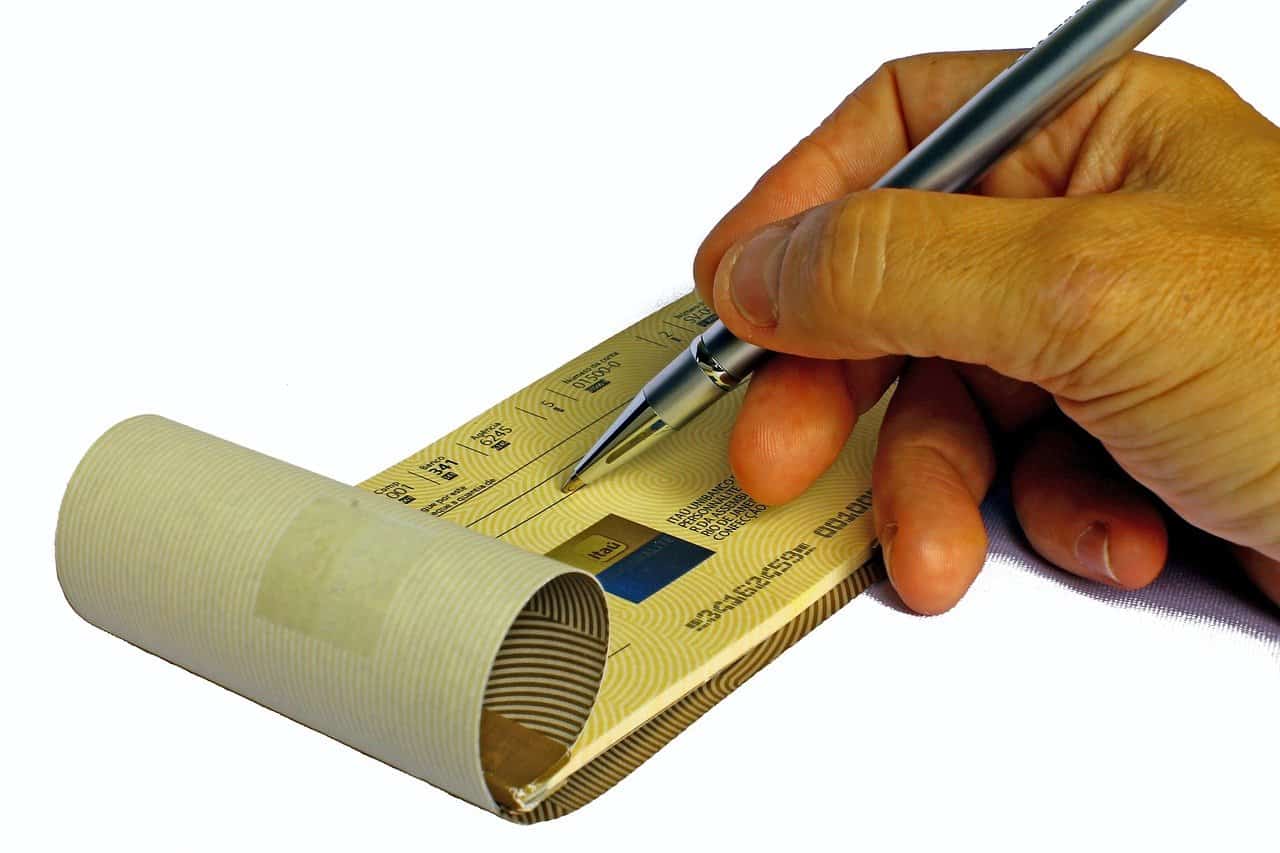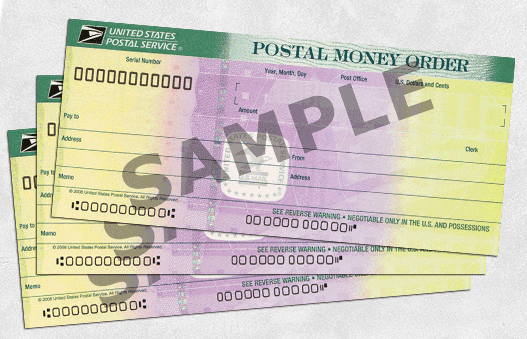
Getting and Using USPS Money Orders
Think of a money order as having all the advantages of a check without needing a bank account. A money order is a piece of paper that’s a safe alternative to cash or personal checks when sending money to someone. Your local USPS post office will issue this certificate to allow a payee to receive cash from you. The person you give the money order to can go to a bank or their own local post office and exchange it for cash.
You specify who will receive the money order, and both you and that person must sign it for it to be valid. Like a check, a money order is a piece of paper that is really an agreement or promise of payment from funds in someone else’s account.
It can also be tracked, cashed by the specified recipient, and canceled by the sender if the need be.
You also prepay for a money order at a location such as a post office, Walmart, or Western Union. Keep in mind that it usually has a limit of $1,000. If you need to mail more money, just include another money order.

Money orders are often used to send money to people who don’t have a standard bank account. They are also a widely accepted form of payment for small personal or business debts. They can be bought from an accredited institution for a small service fee.
Moreover, they are preferred by sellers since they are paid for in advance and are no chances of bouncing as a check can. The buyer usually pays for the money order with cash or another form of guaranteed funds.
When to Use A Money Order?
Money orders are used as an alternative to cash in a variety of situations. Following are five instances where these are preferred over other types of payment:
For Security
Money orders offer both parties more protection than cash, especially when it is sent via mail as there are chances of it getting lost or falling into the wrong hands.
The payee is addressed carefully, so even if the money order gets lost or the payee never receives it for some reason, you can easily cancel it without losing money.
No Bank Account
You can get a money from your local USPS office, so you don’t need a bank account. On the other hand, personal checks require you to have a bank account before you can send or receive payments via them.
Privacy Protection
If you want to keep your personal information private, money orders can help you there as well. You won’t need to provide your account number, address or even your phone, which is often written on checks. This makes money orders ideal when you need to make a payment to a stranger.
Seller’s Preference
In some cases, the seller might prefer to receive payment via money order because you are purchasing a valuable item from them. They want to protect themselves from the risk of a bounced check.
Send Money Abroad
A money order is the best way to make a payment to someone in a foreign country. International money orders can be purchased from the United States Postal Service that also provides regular updates on the countries that accept international money orders.
How to Obtain A Money Order?
Money orders can be bought from several sources that include retail stores like grocery shops, pharmacies, or convenience stores. Your bank is also an excellent option, and they generally charge a service fee from their account holders.
The money orders from U.S. Postal Service are trusted the world over for being safe and economical. Moreover, money transfer services other than banks might also sell money orders, but it is imperative for you to work with a business that your trust.
Payment Methods for A Money Order
To purchase a money order, you need to pay with cash or a debit card. Cash is the most widely accepted form of payment that can be used to purchase a money order from any provider. Some money order issuers allow you to use a credit card as well. It is usually expensive as your card issuer can charge high-interest rates and additional fees as it is categorized as a cash advance.
Moreover, payments can also be made through PIN-enabled gift cards where some people purchase these prepaid cards and then dissolve them to use any available rewards that the card offer.
Money Order Fee
Different providers charge different fees for money orders, such as some issuers might not charge any fee. In contrast, others can charge a fee of up to $10 or more.
The U.S. Postal Service charges $1.25 for money orders up to $500 and $1.70 for orders up to $1000. It also offers a 40% charge for Postal Military Money Orders that are issued by U.S. military facilities.
How to Fill A Money Order?
The money order will display the amount of your money order, but it will require additional information for confirmed processing. This includes:
Payee Information
This requires the name of the person or business you are addressing the money order to. You’ll have to write it down where it says “Pay to the order of “
Addresses
Most money orders ask for the address of the recipient to ensure that the money order gets to the right recipient. Moreover, it also helps in tracking the order if the order gets lost or misplaced.
Memo
There is an area labeled “Memo” assigned for additional details about your payment. This includes your account number or even order confirmation.
Signature
You will have to provide your signature at the bottom of the money order. All you need to do is simply sign your name on the area labeled “Signature” or “Purchaser.”
How to Cash A Money Order?
To cash a money order, you need to bring the payment to a location that cashes money orders such as banks, grocery stores, or credit unions. After that, sign your name on the back of the document and hand it to the customer service agent.
In order to authorize for cashing a money order, you will need to provide a government-issued ID such as passport or driver’s license to verify. Then, you will be required to pay the directed service fee and take the cash.
Sending Money Internationally
You can easily send money overseas with U.S. Postal Service international money orders to people and businesses in countries that have agreements with USPS. The international money orders can be purchased from any Post Office location in values up to $700. They are printed with the dollar amount filled in while all the other fields are left to be filled by the purchaser.
What to Do In Case Of Lost Or Stolen Money Orders?
Money orders are the safest way of sending payments as it easily replaces your lost or stolen money orders. From the day of order loss or theft, it will take up to 30 days to confirm your request.
The resulting investigation starts that usually takes up to 60 days. U.S. Postal Services charge a processing fee of $6.25 to replace a lost or stolen money order.
In Conclusion
Paying with a money order is similar to paying by check. All you need to do is purchase the money order from the location of your choice, fill in a few pieces of information and send it.
In case of loss or stolen money orders, you can easily get them replaced, which is why money order is trusted as a mode of payment.